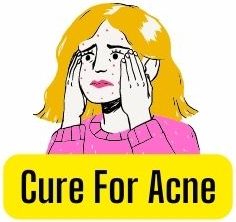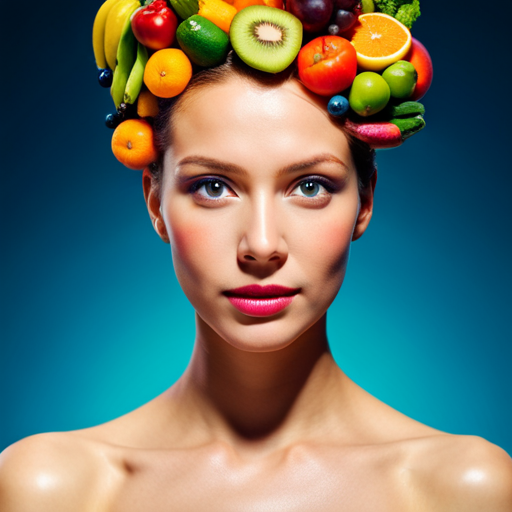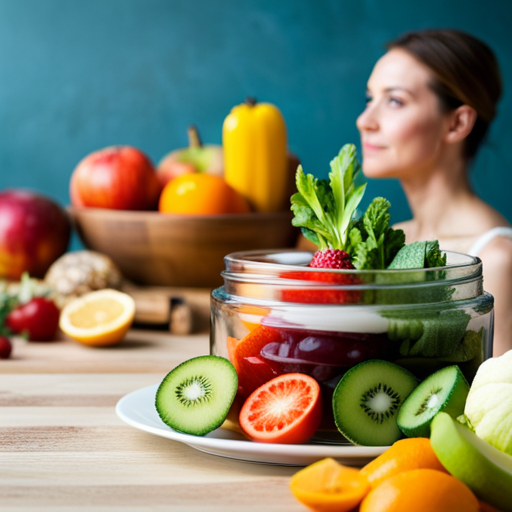
So, you’ve found the dreaded yellow pimple. Should you squeeze it? Of course, you have permission to squeeze. However, you shouldn’t do it until you see a doctor who can give you a prescription for a strong cortisone cream. Buying an over-the-counter cream will probably not cut it for severe acne. If you’re not sure what you should do, here are some options:
Symptoms
Whether your pimple is infected or not, you should seek medical attention if you notice these symptoms. While most infections are treatable with over-the-counter or at-home treatments, some require antibiotics. It’s important to avoid touching an infected pimple, since it can spread infection. You can reduce swelling and pain by applying a warm compress to the pimple. Alternatively, you can try to apply a topical solution containing benzoyl peroxide to the pimple. Benzoyl peroxide products can also help kill bacteria and can be applied to the pimple twice daily.
While pimples may not have any serious effects on a person’s physical health, they can cause a host of psychological issues. Acne is often associated with depression, anxiety, mood disorders, and even suicidal thoughts. Although most people have no idea what causes acne, a yellow pimple may be an indication of another condition. To understand what causes a yellow pimple, you need to know what each type is.
Despite the name, these types of acne are actually different. Pupils are essentially small bumps of pus. They have a white center, and are often larger than whiteheads. They can also be painful to touch. And if they are large enough, they can develop into cysts. And you should also be aware that they’re usually accompanied by redness and inflammation. And if they are painful, they’re a sign of a bacterial infection.
There are many different ways to treat a yellow pimple. The first is to make sure that it’s not too infected with bacteria. If you’re not sure how to treat it, you can try tea tree oil. Tea tree oil has antibacterial properties that can help prevent future breakouts and infection. Applying tea tree oil directly to your face can also help. Besides tea tree oil, sugar and salt scrubs remove dead skin cells. Just remember to keep the area dry and clean, and rinse it with plenty of water once you’ve finished.
Causes
Yellow pimples are generally caused by an infection caused by the bacteria known as Propionibacterium acnes. While bacteria that live on the skin are responsible for the infection, plugged follicles can produce pus which can cause swelling, redness, and pain. The inflammatory response is caused by the follicle wall spilling out bacteria, skin cells, and sebum. All of these substances will eventually cause lesions on the skin.
Avoid washing your face too often, as this can irritate your skin and make your acne worse. Instead, use lukewarm water and a mild soap. Avoid using very hot or cold water, as these can aggravate the skin condition. It is also advisable not to scrub your skin with excessive cosmetics or make-up, as this can block your pores and cause permanent scarring. Try using fragrance-free water-based emollients instead.
If you’re sexually active, you may have a high risk of contracting a STD, such as chlamydia. The symptoms of a STD are similar to those of a pimple, but are more serious. If ignored, they may even lead to an infection. The symptoms of a STD include bumps, rashes, and sores on the skin. The most common cause is an inflammatory disorder in the skin. The inflammation caused by a cyst may be the cause of the yellow pimples.
Certain foods can aggravate your acne. Some researchers continue to investigate the role of diet in causing acne. Tight clothing and sports helmets can cause acne. Environmental irritants may also contribute to acne outbreaks. Stress and hormonal changes are two other factors that can contribute to acne breakouts. However, most people will find that diet has little to do with the development of pimples. This is why acne is not always curable with a diet plan.
Treatment
There are many different methods for treating yellow pimples. This condition occurs when your pores become blocked, which is caused by a buildup of dead skin and oil. In addition to this, genetics can also contribute to pimple development. The substance inside the pimple is known as pus, and there are several different types of treatment options. Read on to learn more. Listed below are some of the most popular treatments for yellow pimples.
A pimple is a swelling filled with pus. It is larger than a whitehead, and has a white or yellow center. Pustules appear as small red bumps with a white center. They are often painful to the touch and may be red and irritated. When a pustule forms, the walls of the infected pores begin to break down. A pustule is often more difficult to treat than a whitehead, and should be examined by a dermatologist to get a full diagnosis.
Blackheads are open comedones. Papules form when excess skin cells or oil block a pore. Unlike pimples, which are filled with pus, nodules are not deep lesions. While over-the-counter benzoyl peroxide treatments may prevent new lesions, they should not be your only treatment option. If they’re not going away, you may want to seek out a prescription acne medication.
Other home treatments for yellow pimples include applying ice to the affected area. While ice helps reduce the inflammation, it doesn’t eliminate the cause of acne. It also helps to reduce the size and visibility of the blemish. Wrap an ice cube in a thin cloth and apply it to the affected area. Repeat this several times a day. To further treat your acne, you can apply hydrocortisone cream or crushed aspirin.
When to pop a pimple
A good way to determine whether or not you should pop a pimple is to wait until the white head of the zit has become firm, and the pus is close to the surface. Before you try to pop a pimple, make sure you thoroughly wash your hands and use antibacterial soap. You should sterilize a straight pin using a match or lighter, and then wipe it clean with rubbing alcohol. After sterilizing your pin, gently swab the white head of the zit. Once the white center is reached, wrap your fingers with clean tissue and pierce it with your finger.
Although popping a pimple is recommended for all kinds of acne, there are certain types of pimples you should never try. The most painful and persistent types of pimples are cysts, nodules, and milia. Nodules are especially dangerous, because they swell when pressed and are likely to cause permanent scarring. Meanwhile, white and yellow heads are prime candidates for popping.
It is also important to note that yellow and white pimples are easier to extract and have the lowest risk of infection. The deeper the pimple is, the greater the chance of an infection or scarring. Post-inflammatory hyperpigmentation is a possible side effect. While squeezing a whitehead isn’t the best idea, it does help to reduce pain and inflammation.
If you want to pop a pimple, always wash your hands thoroughly and make sure you’re careful not to cause scarring. Always wash your hands and skin where the pimple is located and never squeeze a pimple if it is bleeds. Besides, never squeeze a pimple if it bleeds, and never press too hard. If you really want to pop a pimple, you should use a comedone extractor, which you can purchase at Danish Skin Care.
Getting rid of a pimple if it’s yellow
A popped pimple may contain blood, which is not a cause for concern. The blood will drain after the pus is gone. However, if the blood is present, you must stay away from the area until the pus has completely drained. A pimple may also contain blackheads, whiteheads, or excess sebum. Getting rid of a pimple if it’s yellow may be more difficult than popping a blackhead.
Whiteheads are easy to pop. First, clean your hands and face with soap and water. Next, use a clean cotton swab to gently squeeze out the pus. Avoid applying pressure to the pimple, as it can lead to further infection. You can also use topical corticosteroids or an antibacterial spot treatment. To avoid infection, you can use a cool compress to relieve the pressure. If the pus is still stubborn, try visiting a dermatologist or taking your acne medication.
If your pimple is yellow or white, the best treatment is to consult a dermatologist. Some acne conditions cause pustules. These are larger, inflamed lesions that ooze pus. They are usually painful and may leave permanent scars. However, if they’re yellow, you should avoid popping them. The pustule could be a sign of a more serious skin condition, such as a nodule. Luckily, you can still get rid of these ugly acne lesions by using the right products and procedures.
Although a squeezed pimple may seem tempting, you should remember that it tends to reappear within a day or two. Using a topical solution that has salicylic acid will decrease the risk of a recurring pimple. By breaking up the remaining sebum in the pore, a pimple will be less likely to reappear.





